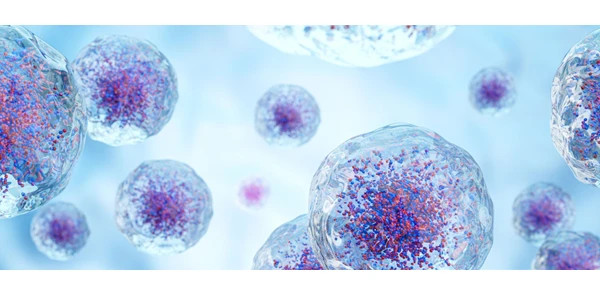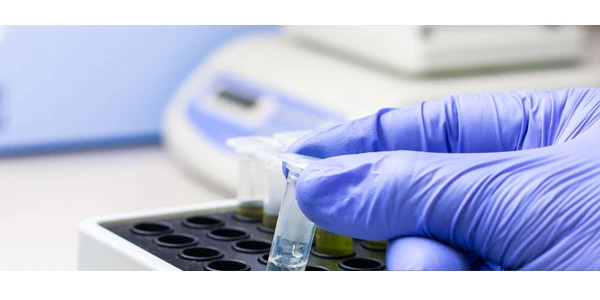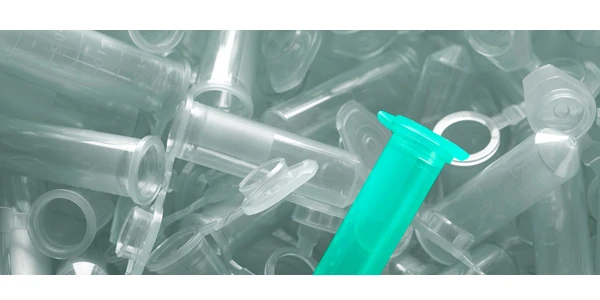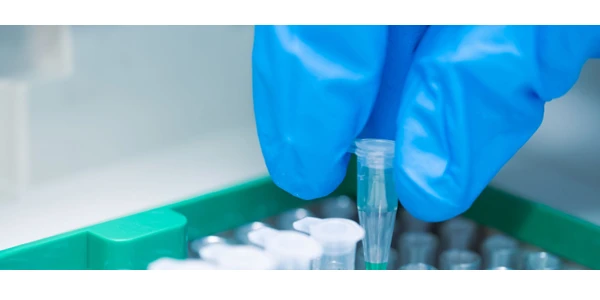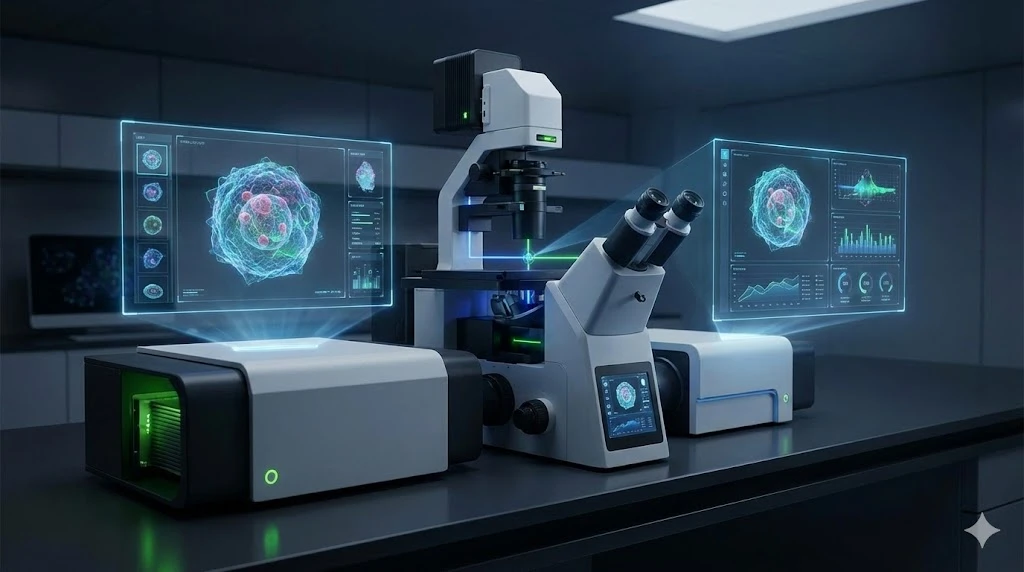MALDI Imaging Reaches a Milestone
MALDI technology has reached the 30th anniversary milestone. Many techniques, permutations, and advanced applications of MALDI technology have been developed over the years for a growing number of research areas. One of the more recent areas of development which has seen increasing interest, is MALDI imaging of cell and tissue samples.
The MALDI Imaging approach
In the MALDI (matrix assisted laser-desorption ionization) imaging technique, a matrix compound is typically sprayed over the sample, after which a high intensity pulsed laser is used to ionize the matrix-sample prior to analysis by the MS instrument. Through rapid and comprehensive analysis, MALDI can be used to acquire 2-D arrays of hundreds of thousands of mass spectra from a tissue sample. These spectra are subsequently plotted on a map and intensity of analytes can be tracked and, under the right conditions, quantitated.
Benefits of this approach include: the ability to analyze intact tissue without extensive sample preparation, the fast speed of acquisition allowing large numbers of samples to be run in rapid succession, and the ability to analyze a wide array of sample types from native and diseased tissue – lending to it’s use as an efficient screening tool.
New MALDI Imaging platforms and technologies
Bruker has a long pedigree in MS technology and instrumentation, having celebrated their 25th anniversary in MALDI innovation this year. MALDI imaging has been an area of focus for some time and several instrument platforms and processing solutions have been developed for a growing number of applications.
The rapiflex MALDI Tissuetyper is an imaging platform which achieves 40 pixel/second resolution, using the smartbeam T3-D laser for better reproducibility and a novel ion source for increased robustness. This time-of-flight (TOF) system uses fleximaging dedicated molecular histology software to control the acquisition, data visualization, annotation, and integration of virtual microscope slides. Overlaying the histology information with MALDI data allows full optical resolution with MS results to produce a complete picture of the specimen.
The SCiLS software platform, showcased at ASMS this year, is dedicated software for statistical analysis for everything from individual data sets to complete clinical biomarker studies. It features univariate and multivariate methods to mine the data and to find relevant information
Now working in the big data realm, quality data generation has given risen to massive amounts of information, requiring high-level statistical analysis and annotation in order to assign functional relevance. SCiLS is a solution that is certain to drive progress in MALDI imaging, from image data acquisition to actionable data analysis and results.
The autoflex, ultrafleXtreme, and solaruX XR FTMS have versatile imaging capabilities as well, and are all compatible with fleximaging and SCiLS software. The SCiLS package includes MultiVendor Support (MVS) options, bringing this innovative technology to the broader imaging market.
A unique MALDI imaging technology from JEOL, the SpiralTOF, includes capabilities for imaging samples with irregular surfaces. Standard MALDI-TOF, which is influenced by small changes in the target position, requires samples to be completely flat – a quality that is nearly impossible in real-world tissue sampling.
The 17-meter path length of the Spiral-TOF means that small variations in the sample surface are negligible for a given analysis. This is critical particularly if high accuracy spatial distribution is required of a tissue specimen, free from background interferences. The technology can be used to assess the distribution of proteins, peptides, lipids, drugs, and metabolites is tissue samples, as well as compound distribution in organic samples.
MALDI Imaging in Pharma
Pharma has increasingly embraced MS tissue imaging to better understanding spatial distribution of drugs and the resulting drug effects, a critical part of the therapeutic development process. It is now acknowledged that it is insufficient to know merely whether a particular drug has reached it’s target, rather insight into the precise tissue location of that deposition can guide further development and better understanding of downstream effects. This is turn sheds greater light on the efficacy and safety of drugs in order to streamline the process from early-stage drug discovery to preclinical development.
Updated November 2019
